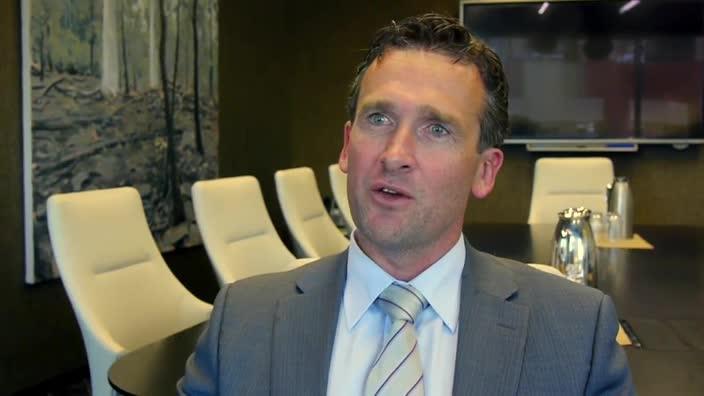Retirees dip into mortgages to fund later life, rather than leaving it behind
THINK you’ll come into some money once your parents pass on? Thanks to increasingly popular reverse mortgages, you may have to think again.

National
Don't miss out on the headlines from National. Followed categories will be added to My News.
THE number of cash-strapped retirees accessing the equity in their homes to fund retirement is expected to double in the next three to five years.
And often they are dipping into reserves their unsuspecting children think they will be inheriting in years to come.
Industry experts say there’s nothing to stop reverse mortgage customers from accessing funds in their home and blowing it.
Seniors Australian Equity Release Association’s chairman John Thomas said banks were doing their utmost to stop customers from using the money acquired irresponsibly.
Deloitte's annual Reverse Mortgage Report found in December 2013 there were more than 41,000 reverse mortgages in Australia valued at $3.56 billion and the value had more than doubled in the past seven years from $1.51 billion.
Retirees who are often limited from accessing other forms of credit can use their primary asset — the family home — to access funds.
There remains no policing around how money is spent once accessed through a reverse mortgage and customers are not required to pay the money back until they die or the home is sold.
Mr Thomas said reverse mortgage customers could exploit the use of funds access and there was no way to control how they spend the money.
“I was sitting in on a focus group and the person leading the focus group said you could take a home equity release, grab the cash and go down to Crown Casino and blow it if you want to,’’ he said.
“He’s absolutely right.
“I don’t think we’ve got anyone who has done that but I don’t think you can stop it.”
The report found equity released was predominantly used to provide an income (50 per cent), debt repayment (33 per cent) and home improvements (17 per cent).
The average loan size is about $85,000 and borrowers can usually access up to 25 per cent of equity in their property.
Couples remain the dominant segment in the market, making up 64 per cent and the average age of new borrowers in 75.
While the reverse mortgage uptake in Australia remains fairly small the report’s author and Deloitte partner of financial services, James Hickey, said monitoring the “use of proceeds is not feasible.”
“It’s very hard to mandate use of money when you downsize your home and that’s a stretch too far,’’ he said.
“The lenders are doing the best they can to make sure a due process is followed and mandated financial advice has to be given.’’
Financial Planning Association of Australia’s chief executive officer Mark Rantall said reverse mortgages should be thought through very carefully.
“We can understand people when they are getting older and getting asset rich and cash poor really want to stay in their family home ... and one way of doing that is through a reverse mortgage,’’ he said.
“They should not enter into those contracts lightly.
“Compounding interest works really well when you are saving but it eats up capital when you are borrowing.’’
The average interest rates on reverse mortgages are about 6.9 per cent.
Originally published as Retirees dip into mortgages to fund later life, rather than leaving it behind


